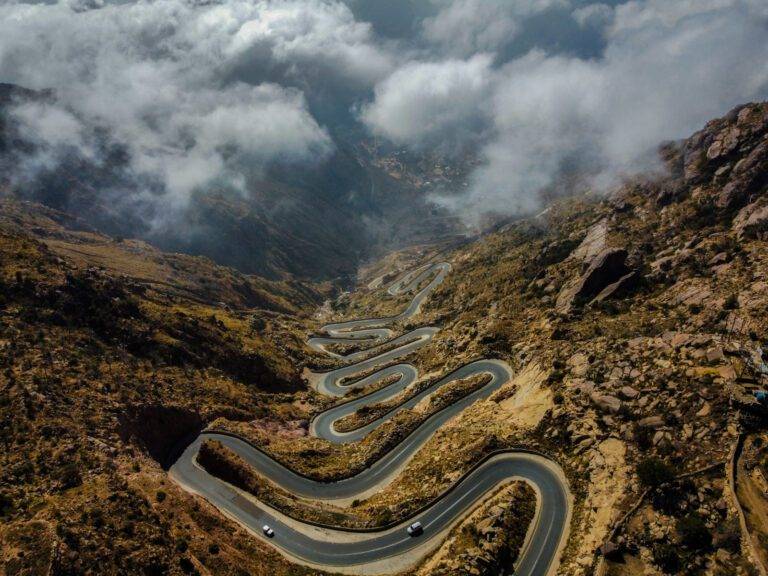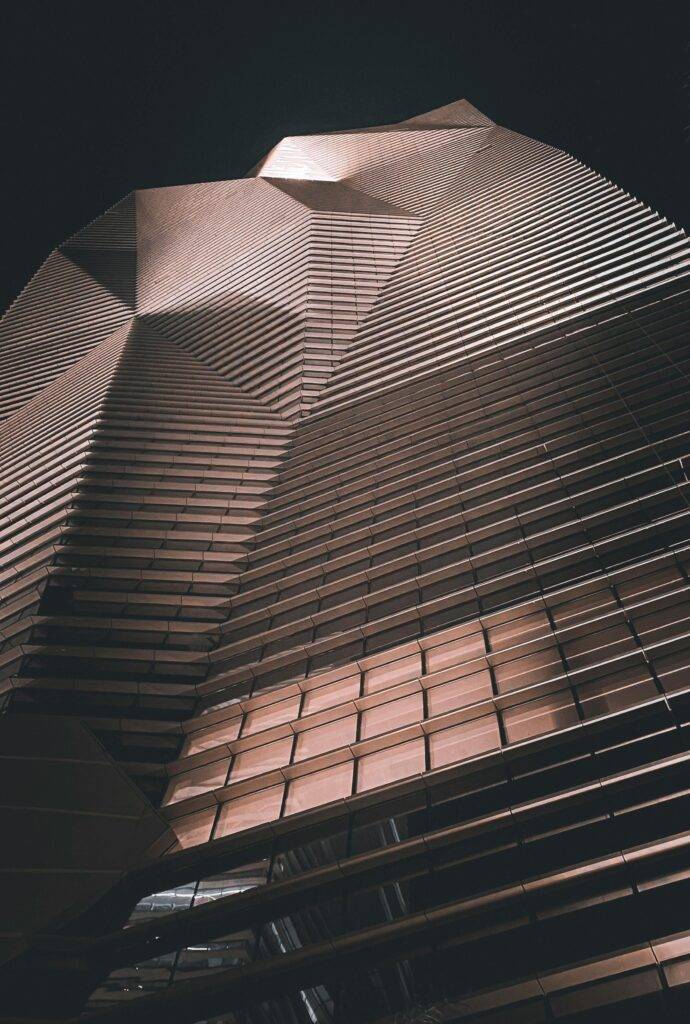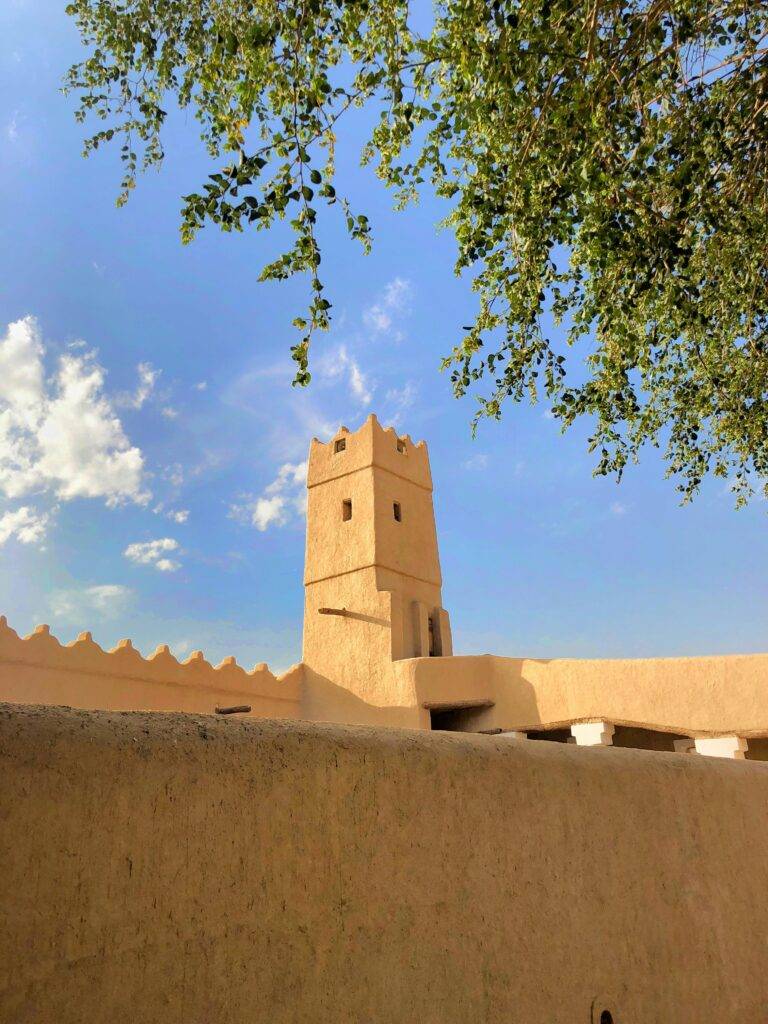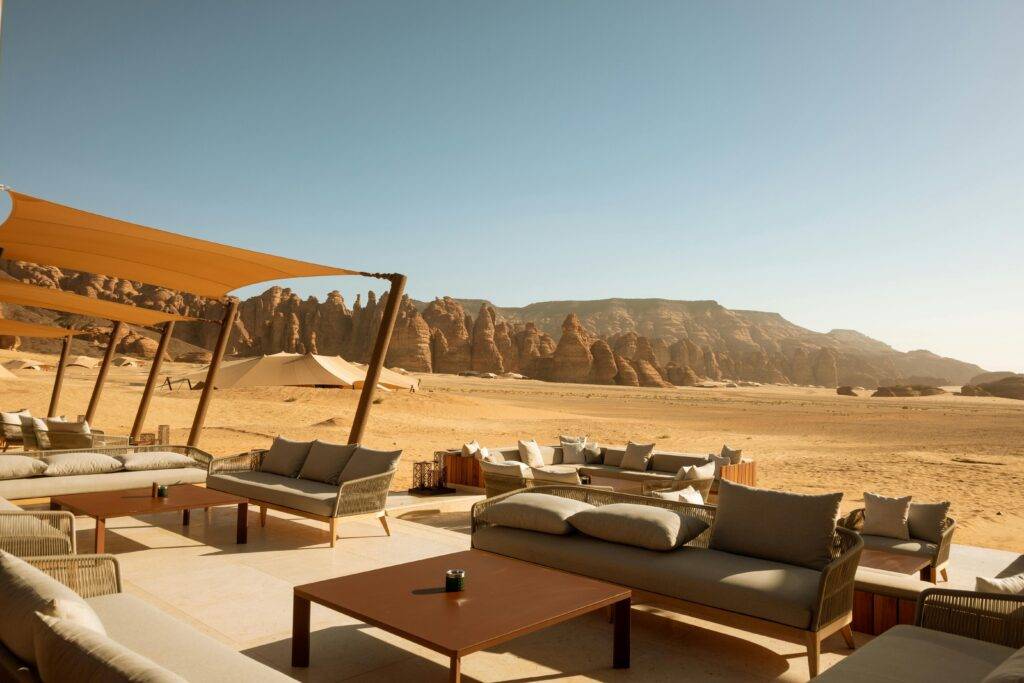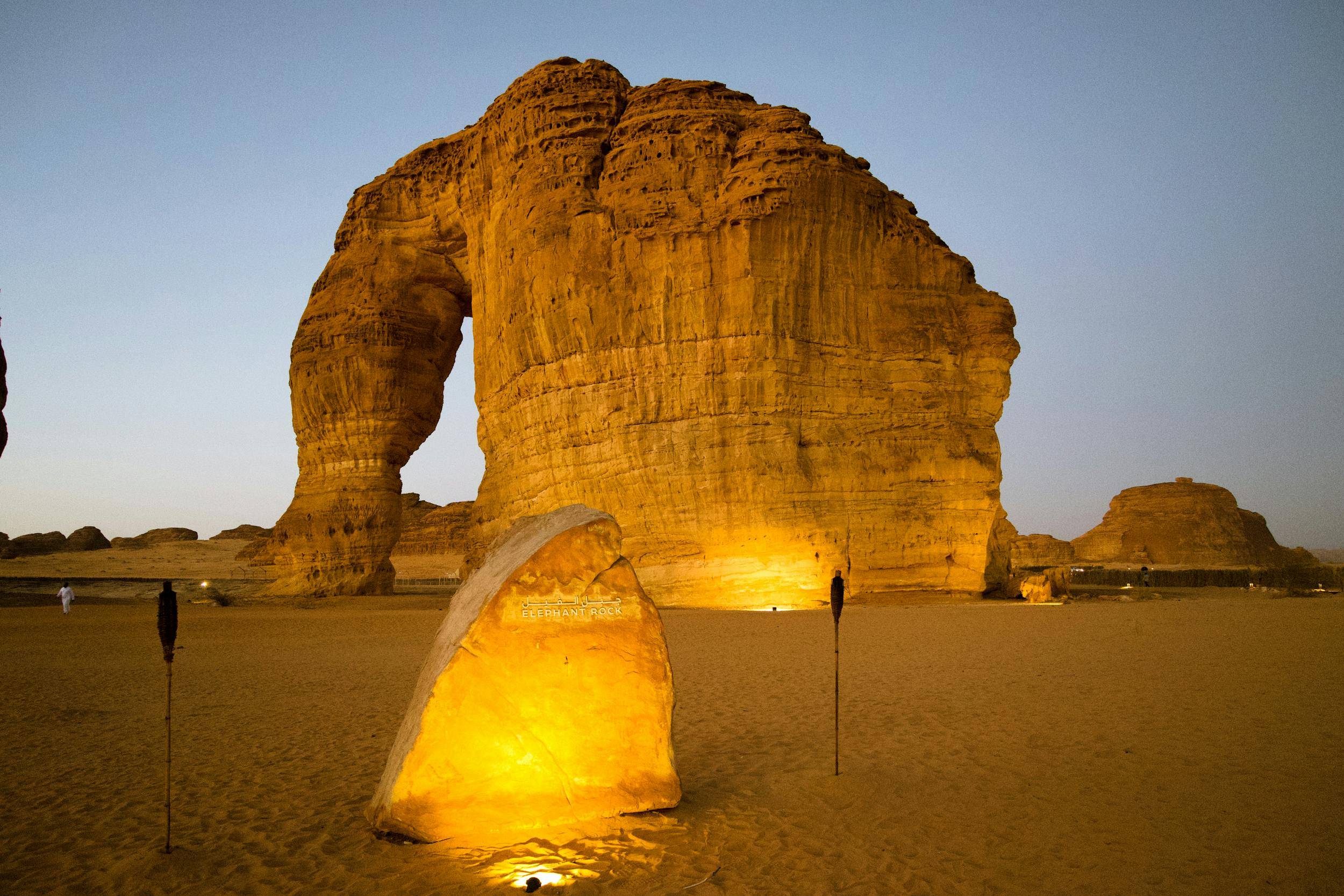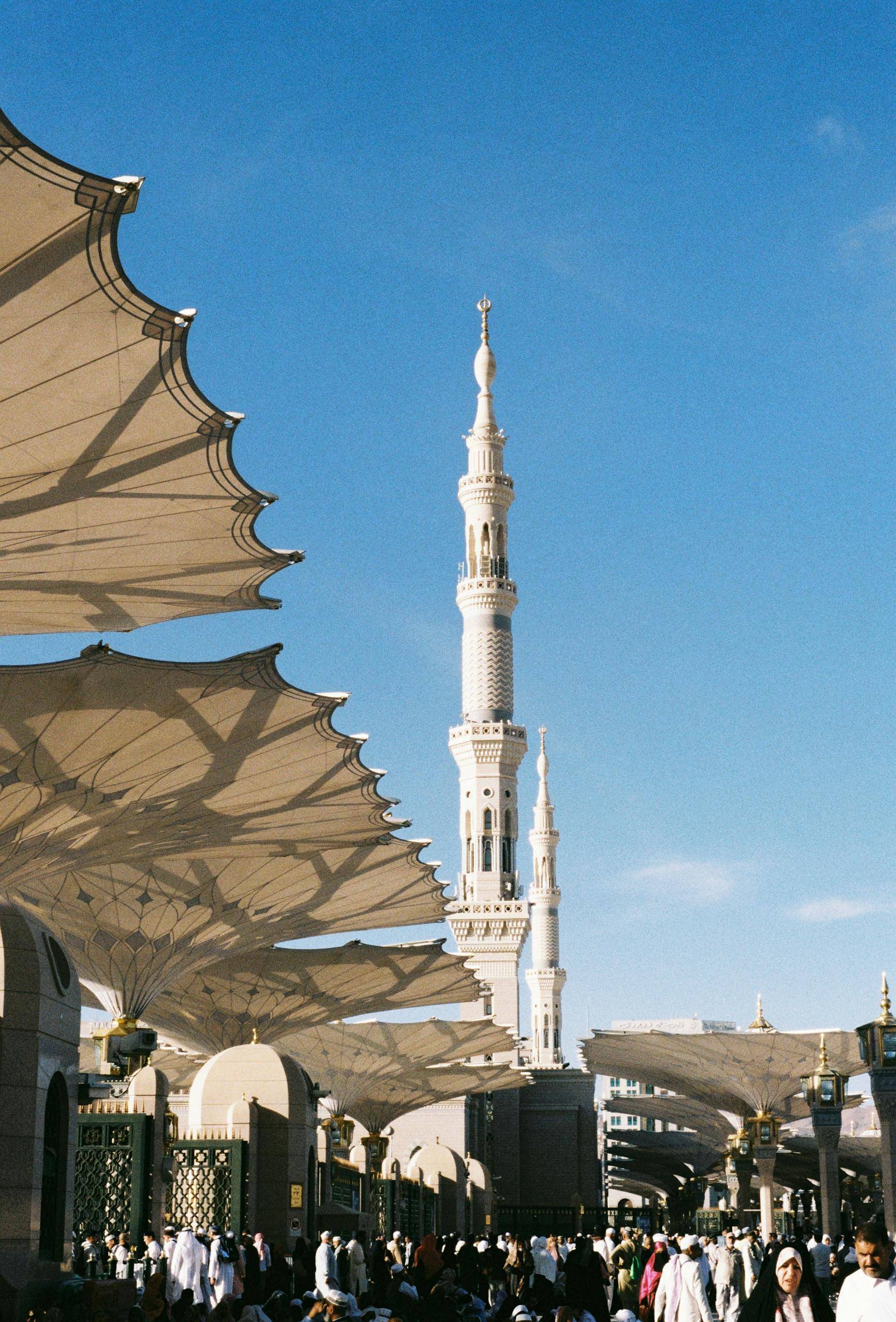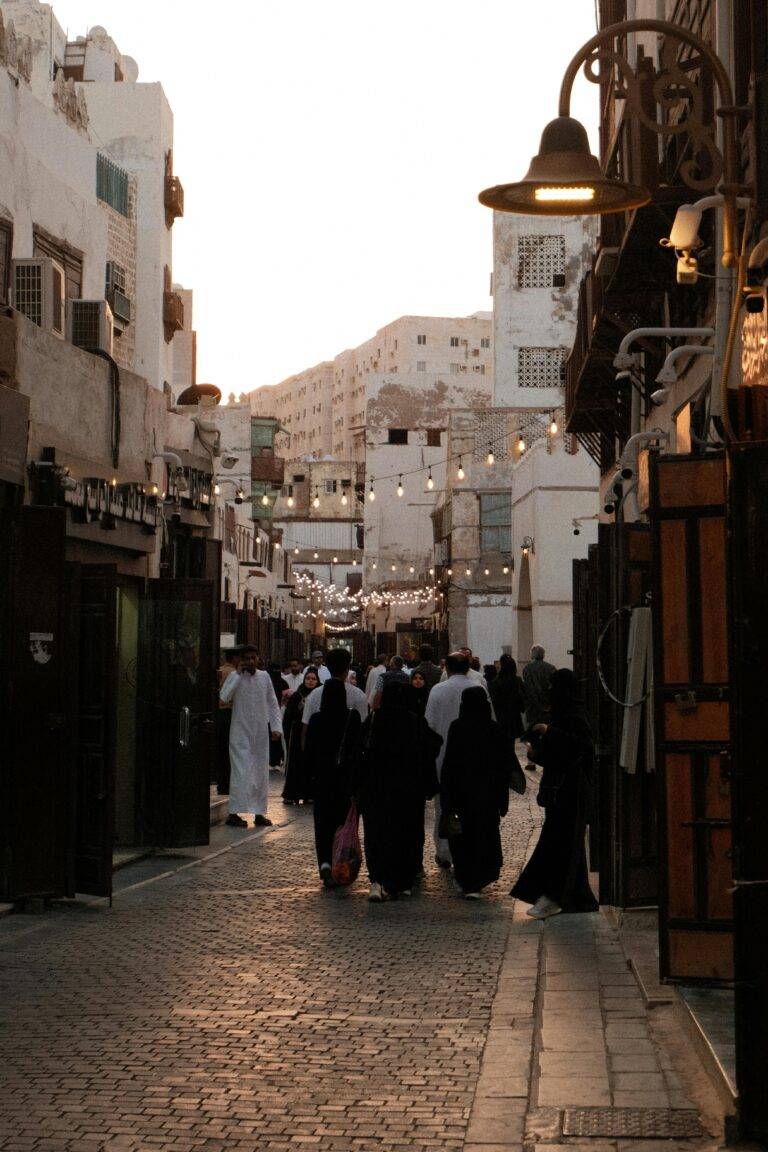Enjoy 1 Week in Saudi Arabia
Saudi Arabia has only recently opened to independent travellers, and few destinations can match its combination of ancient heritage, raw wilderness and modern ambition. For decades the Kingdom was closed to non‑pilgrim visitors, which means many of its historic settlements, desert landscapes and vibrant cities remain relatively undiscovered. In a single week you can stand in front of Nabataean tombs carved two thousand years ago, wander through bustling souqs scented with oud and coffee, trek across red‑sand deserts and snorkel over coral reefs. This comprehensive itinerary is designed for first‑timers who want to see Saudi Arabia’s cultural heartlands and natural wonders in one trip while still leaving room for spontaneous encounters.
